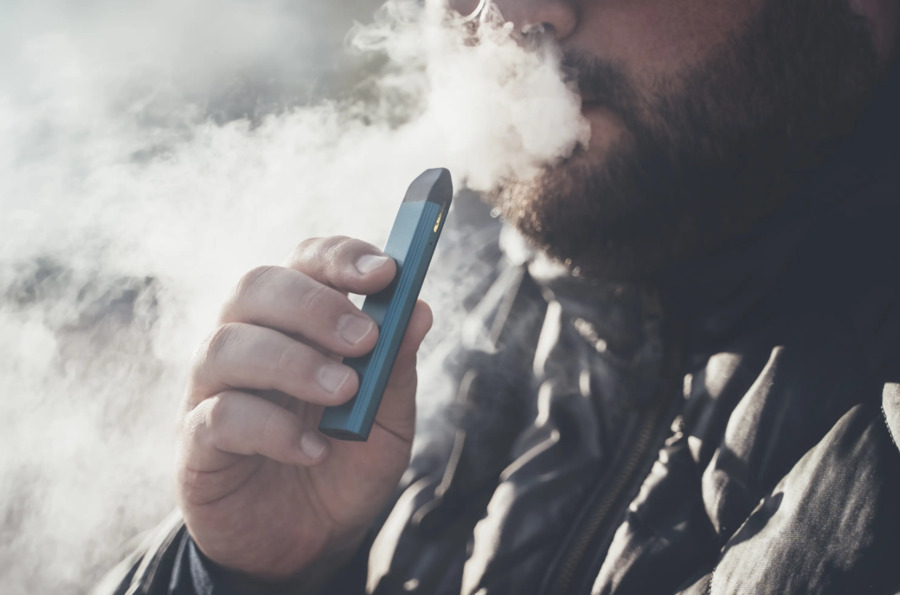The environmental impact of tobacco production and consumption is a global concern with significant repercussions for our planet’s health. In contrast, vaping emerges as a more sustainable alternative, offering a pathway to reduce the ecological footprint associated with nicotine consumption. This article delves into the production processes of both tobacco and vaping products, highlighting the latter’s environmental advantages.
The Production Process of Tobacco
Tobacco cultivation and production are intensive processes that begin with clearing vast tracts of land. This deforestation is the first step in a chain of environmentally damaging activities. Tobacco plants are then grown, heavily relying on pesticides and fertilizers. These chemicals can leach into the soil and waterways, causing pollution and harming wildlife.
Once harvested, tobacco leaves undergo curing, which requires substantial amounts of wood and contributes to deforestation. For instance, it’s estimated that one tree is needed to cure just 15 kilograms (about 33 pounds) of tobacco. This process releases significant amounts of CO2 into the atmosphere, exacerbating global warming.
The production phase also involves manufacturing cigarettes, which generates waste and pollution. Finally, the distribution of tobacco products adds to their carbon footprint, involving transportation across vast distances to reach consumers worldwide.

The Tobacco Industry’s Environmental Cost
Tobacco has an impact on the environment that goes beyond its manufacturing. According to estimates from the World Health Organization (WHO), non-biodegradable cigarette butts are the most littered object on Earth, with an estimated 4.5 trillion being inappropriately thrown annually worldwide. These butts contaminate streams and endanger marine life by releasing hazardous chemicals into the environment. Cigarette butts also add to urban fires and are expensive to remove, which puts more strain on taxpayers and local services.
The Growing Popularity of Vaping
The development of vaping technology was intended to provide a healthier substitute for traditional smoking in terms of both environmental effects and health. E-liquid and vape equipment manufacturing uses fewer natural resources and produces less trash. Unlike tobacco, vaping does not rely on agriculture, eliminating the need for deforestation, pesticide use, and fertilizer runoff.
Vaping and Sustainability
From production to consumer, vaping offers a greener alternative. The manufacturing of e-cigarettes and e-liquids is more energy-efficient and produces fewer emissions compared to tobacco products. Moreover, vaping devices are reusable, and many components, such as batteries and e-liquid bottles, are recyclable, reducing waste.

The Unknown Environmental Costs of Smoking
The environmental impact of cigarettes is enormous. For example, the annual loss of 5 million hectares of forest due to tobacco production is a major contributor to deforestation. The tobacco business produces an estimated 84 million tonnes of CO2 equivalent annually, like the emissions of whole nations like Peru or Israel.
Eliminating Tobacco Waste: How E-cigarettes Can Assist in Air, Land, and Marine Cleanup
Vaping has the potential to drastically reduce the environmental damage that cigarettes cause. If a significant portion of the one billion smokers globally switched to electronic cigarettes, a large amount of cigarette butt trash would be eliminated. There could be substantial benefits to marine ecosystems and water quality, considering that one abandoned butt could contaminate 1,000 liters of water.
Vaping: The World’s and Smokers’ Better Option
Vaping is a more sustainable option for the environment and a healthier substitute for smokers. By reducing the demand for tobacco products, vapers contribute to lessening deforestation, pollution, and waste. While vaping is not entirely without environmental impact, its footprint is significantly smaller than traditional cigarettes.

Conclusion
The transition from tobacco to vaping presents an opportunity to mitigate some of the environmental degradation caused by cigarette production and consumption. As the world becomes increasingly aware of the need for sustainable practices, vaping stands out as a greener alternative for nicotine users. By choosing to vape, individuals can enjoy the benefits of nicotine without the heavy environmental toll associated with tobacco.

Hiking addict, coffee addict, guitarist, reclaimed wood collector and javascripter. Producing at the intersection of aesthetics and intellectual purity to answer design problems with honest solutions. I work with Fortune 500 companies and startups. Tropical swift lover. My mission is to show people that IQOS is a revolution in the world of smoking.



